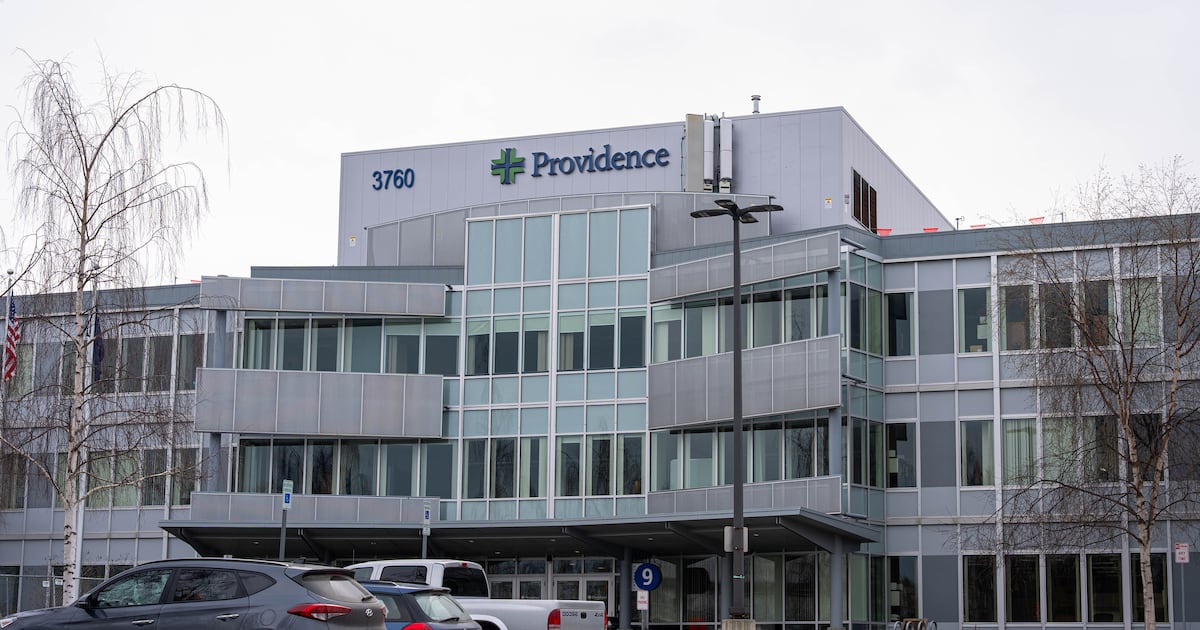Mental Health Crisis: Providence Pulls Plug on Alaska's Sole Teen Psychiatric Refuge

Providence Alaska Medical Center is set to shutter its doors in mid-May, a move precipitated by a significant financial blow from the loss of critical state health grant funding. Hospital administrators revealed that the elimination of over $1 million in annual state grants has made the center's continued operation financially unsustainable, forcing this difficult decision. The closure underscores the challenging economic landscape facing healthcare providers in Alaska, highlighting the profound impact of funding cuts on essential medical services.
